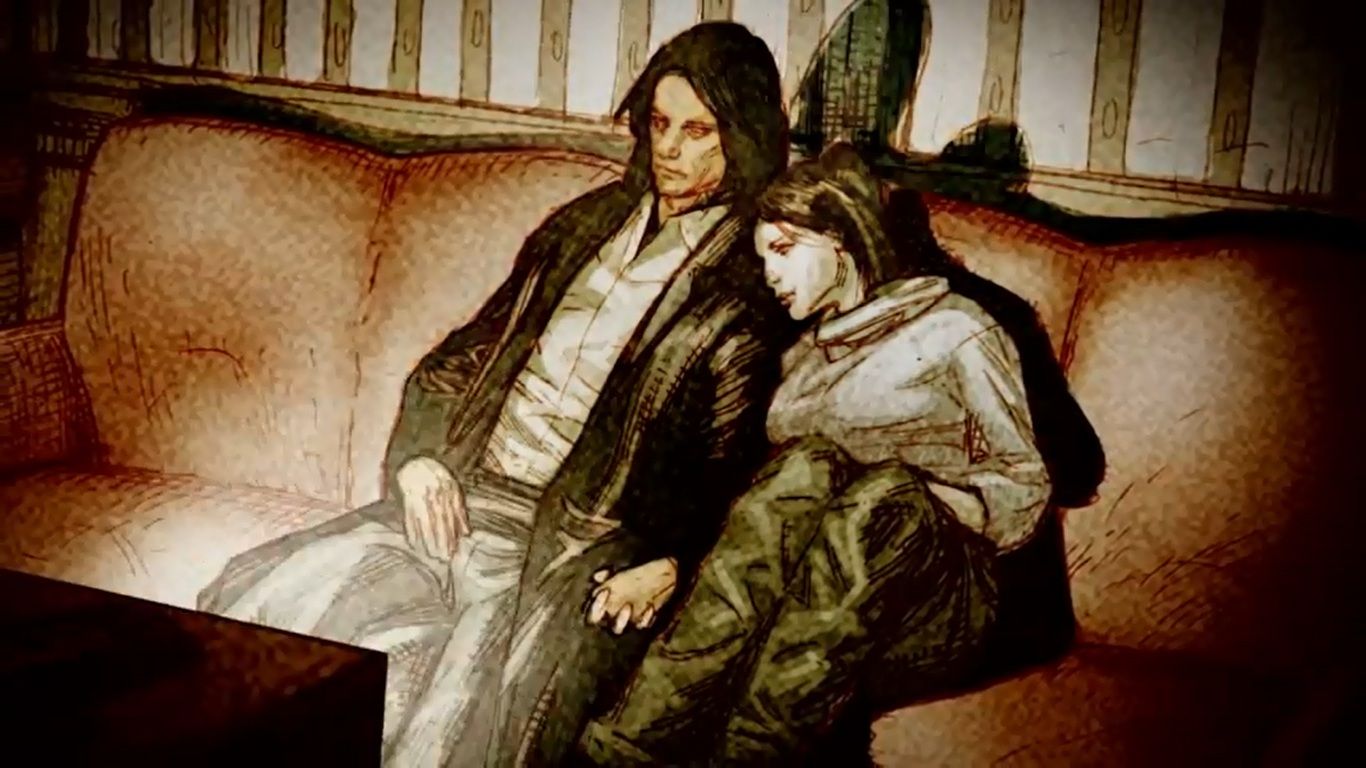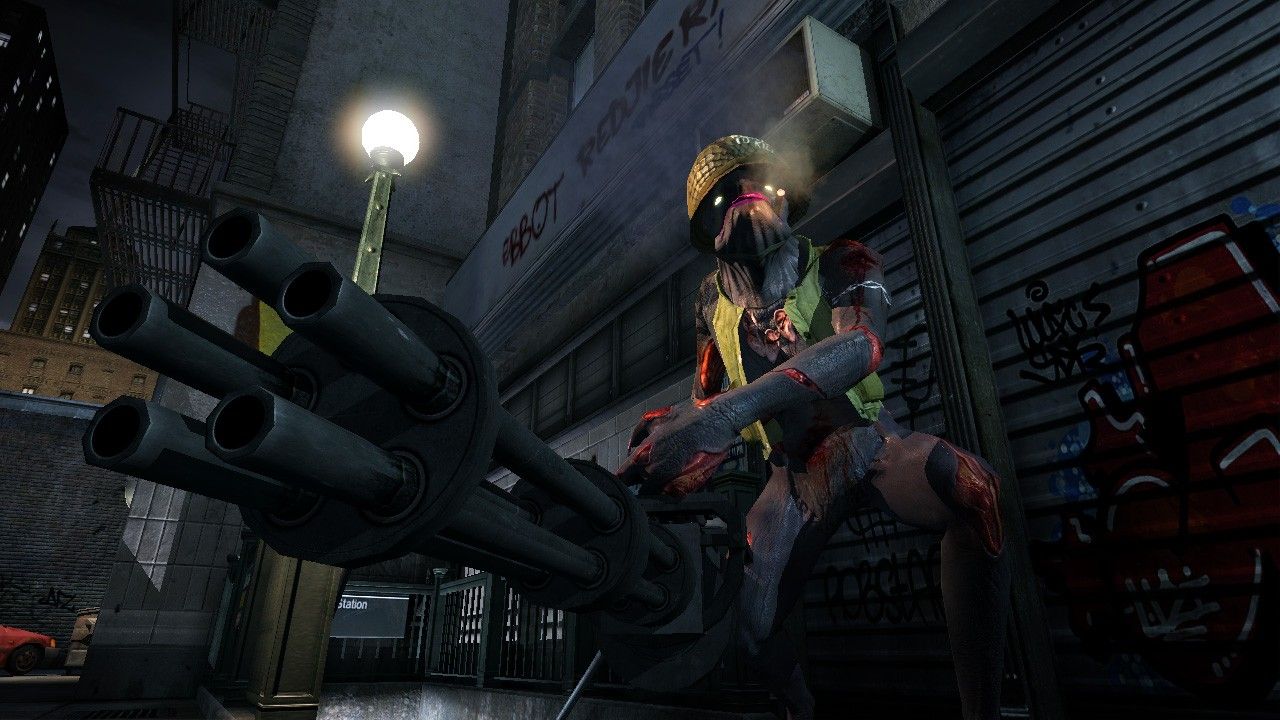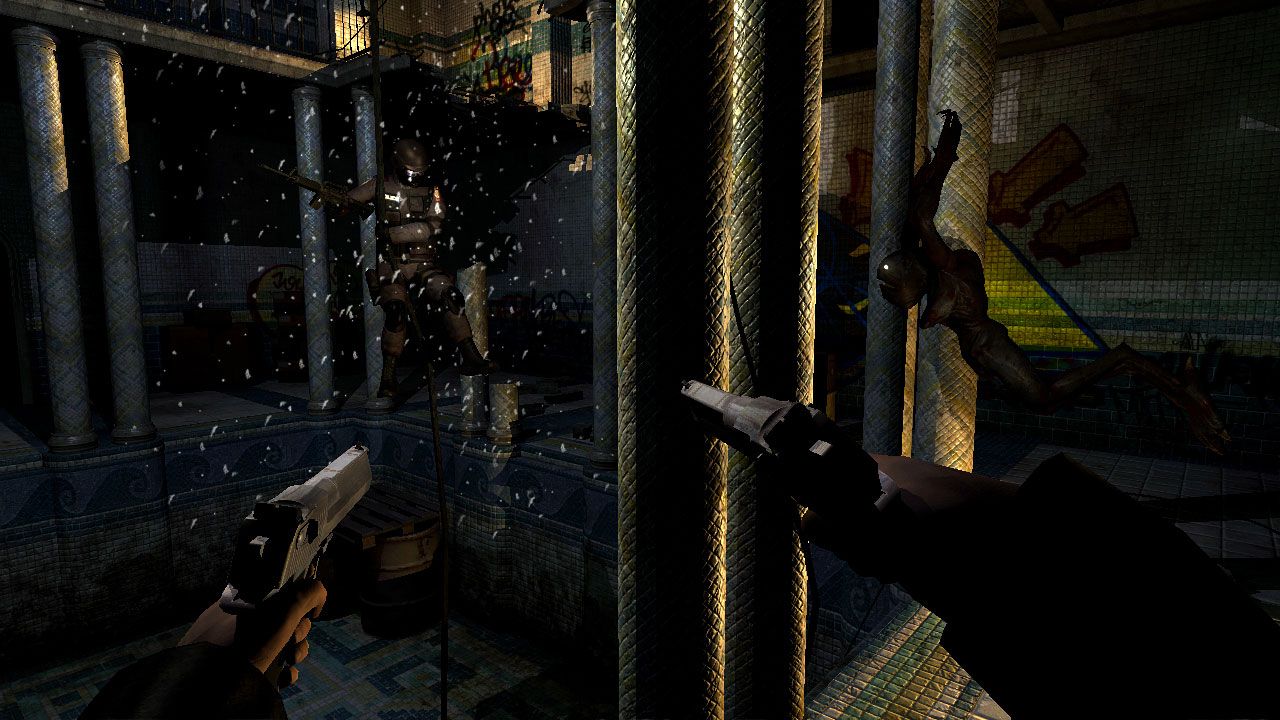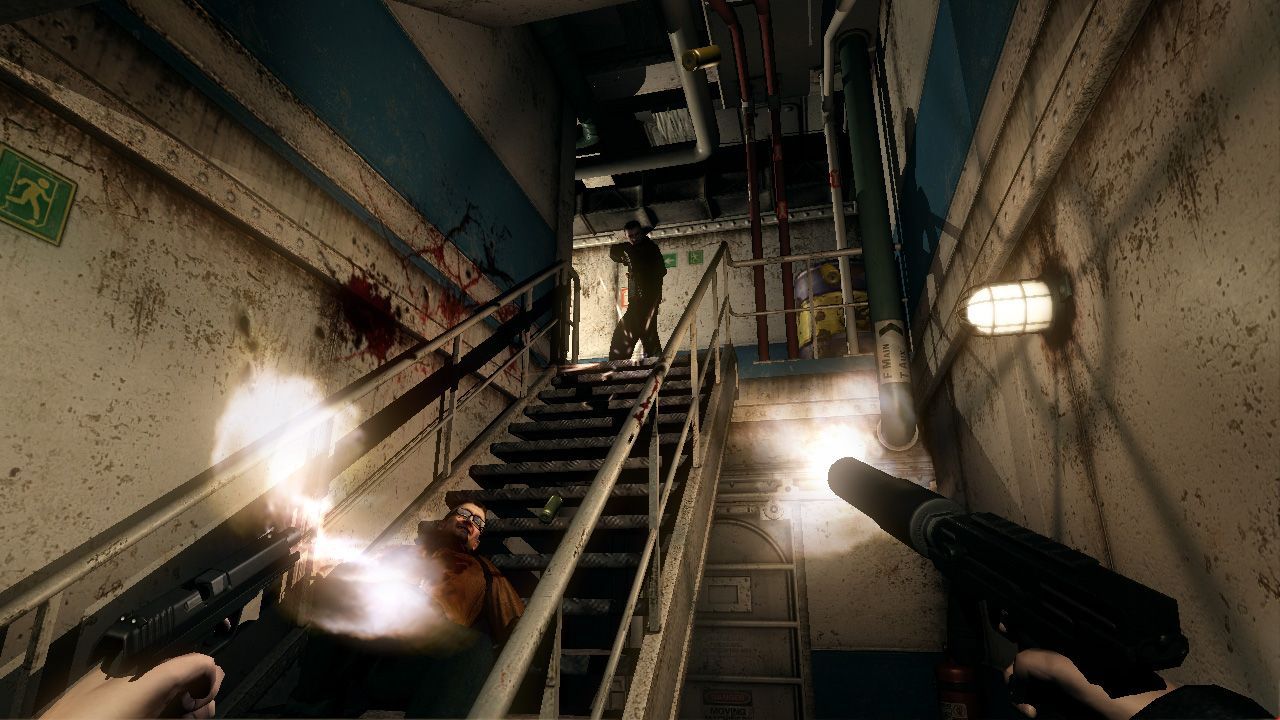The Darkness was a very pleasant surprise when it originally came out in 2007. Original and intelligent, with excellent shooting mechanics and level design, all wrapped up in one of the most emotional stories playable in a shooter in a long time. It was created by a personal favorite studio of mine, Starbreeze, who really took their time with the characters and the out-of-action sequences to make them excessively deep. Everything in the game really combined to become one of the most interesting and emotionally charged stories in a game in a long time.
The focus on Jackie Estacado’s personal figurative demons as he wrestles with his literal demons created an amazing conflict that drove the game to a stellar climax and a satisfying conclusion. This dynamic could even be seen in what little I played of 2Ks The Darkness II at New York Comic Con last year. The storytelling that was so prevalent throughout The Darkness is a large part of the reason I’m so looking forward to The Darkness II. [Please be aware that spoilers will follow for those who have not played the first Darkness!]
The first Darkness was released in the middle of the summer with what seemed like very little hype and surprisingly little marketing surrounding it. It had been on the radar of the shooter crowd though, as its creator, Starbreeze, was the studio who made the phenomenal Chronicles of Riddick: Escape from Butcher Bay. Additionally, the comic that The Darkness was based off of was notoriously violent and brutal. In spite of its relative lack of hype, it was an exciting new IP that appeared to have a lot of promise from what little we saw of it. Luckily, it proved itself more than competent and delivered not just one of the best shooting games of 2007, but also an excellent story.
Unlike most shooters, The Darkness took the time to introduce you to its characters and let you get a feel for its world. In spite of the incredible amount of brutality in the game, it featured some of the most well defined characters in a shooter. None of the introduced characters stood out more than Jackie’s girlfriend, Jenny. Love interests in games are usually convoluted at best; Jenny, however, felt real. Starbreeze absolutely nailed the sequence where you meet her. You walk into her apartment, having already killed a number of people, but she greets you warmly. It is the complete opposite of almost every other interaction you have with other people in the game up until that point. Their relationship is established and has been going on for quite a while, and Starbreeze does an amazing job of making this all clear to the player in only a few short minutes.
The sequence in Jenny's apartment is still one of the best character building moments in a game I have ever played. You sit on the couch with her, watching To Kill a Mockingbird on her old TV. As the first few minutes of the movie progress, she leans on Jackie’s shoulder, and then they share a kiss. It is not an overdone kiss of raw passion; rather, it is the simple kiss of romanticism of two people who have been together and really care about each other.
In many games, romance options are a huge deal. In Mass Effect or Dragon Age for example, the relationship building is a gamelong affair, culminating in a sex sequence, and not much past that. In the context of Mass Effect or Dragon Age, it isn’t a bad thing, just a bit heavy handed. In The Darkness, this simple act felt far more passionate and shockingly tender than just about every other in game romance. This is not a criticism of how Bioware treats its romance sequences, but rather a praise for how well The Darkness treats Jenny and Jackie’s relationship as one that is long established and real.
From a story perspective, the relationship is explained so simply and so flawlessly that when Jenny is brutally murdered in front of you it isn't just simply shocking; it actually felt defeating. Until that point, you have been unstoppable, but then, you were forced to watch helplessly as both the game's main enemy, the mafia boss Uncle Paulie, and your biggest ally in the game, the Darkness itself, hold you in place.
Jenny’s death was not just done for shock value or a simple story point. It was an early climax that sent the game spiraling into some of the most emotionally charged combat I’ve ever experienced. The reason it made sense is because the Darkness until then had been a mere tool, a gameplay mechanic. When it forces you to watch Jenny die, it oversteps its bounds from a gameplay perspective and becomes something far more unique in terms of game design.
I wasn't just angry at the mob boss or his right hand man; I also grew to distrust and hate my best weapon, the Darkness. This is something that no other game has ever made me feel. I’m one of those gamers that takes pride in my arsenal, and yet with the Darkness, I almost feared using the power, as it had already betrayed me once and had done so at the worst possible time. The Darkness was presented as the worst kind of symbiote; it was basically a parasite that had tricked me into believing that it would help me in the long run. For the remaining parts of the game, I distrusted the Darkness, almost hesitating to use it until the player could finally fight and gain control over its power.
Jenny and the Darkness are not even the only great characters in the game. A few of the other characters you interact with are incredible well presented as well. Jackie’s great-grandfather is interesting in large part because of his setting. He is trapped inside of a never ending World War I scenario going on inside the realm of the Darkness. His setting was one of the most unique ways to characterize a character I've ever seen; it was a reflection on both the sadism of the Darkness, with World War I notorious for its brutality, and the hope expressed by the patchwork British troops. While his great-grandfather's story didn’t exactly lighten the mood, it did give hope that Jackie would overcome the Darkness.
The game's surreal and very black sense of humor reflected that Jackie himself was not exactly a good guy, especially since his main ally was basically the embodiment of all evil. In order to really present this properly, the games villains had to be especially hateable and wicked, but had to remain grounded in the realism of the rest of the world. The developers had to contrast Jackie's paranormal evil with a grounded, reality based evil (in this case corrupt cops and the mafia), and as such, Starbreeze succeded.
The villains were not overblown, but were extremely selfish and very, very evil. From their aforementioned murder of Jenny to their own selfish nature, they presented excellent motivation to progress through the game and end their reign of organized crime. The Darkness II has villains that are a bit more supernatural and convoluted, but in the context of that game it actually seems to fit. The evil, yet normal human, villains were the only appropriate ones for the first game in order to establish Jackie's own character.
The Darkness presented one of the more unique game worlds of this console generation. The outside world was generally standard, with a few unique locations (such as the corpse of a fire-gutted orphanage or Jenny’s apartment), but it had the surreal and unique world inside the Darkness to really make it stand out. More than that, through some very interesting characters, and some extremely wicked-yet-never-overdone villains, its story was supercharged throughout. It was raw and filled with emotional moments, all the way through the melancholy ending. The Darkness II has a lot to live up to, but I’m hopeful that it will successfully do so after catching some of the more subtle hints as to Jackie’s character in the sequel. While the action is certainly still there, a large part of what made The Darkness so endearing was its balance between story and brutality, and The Darkness II looks like it is following in step just fine.




